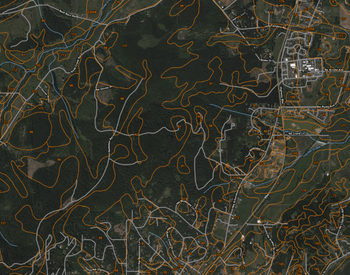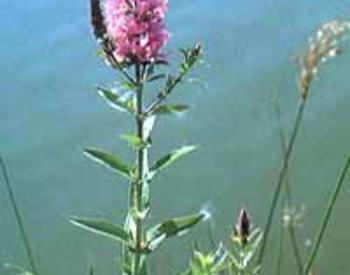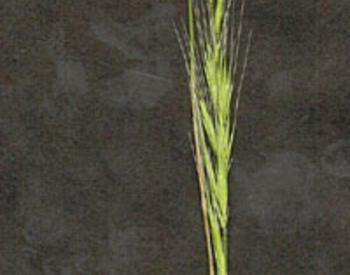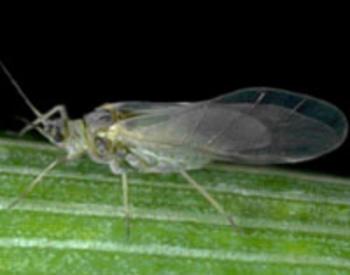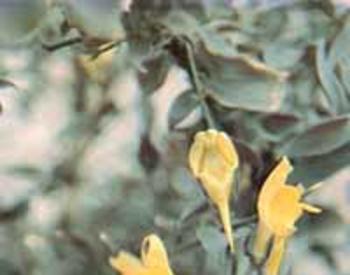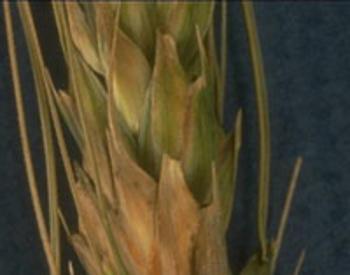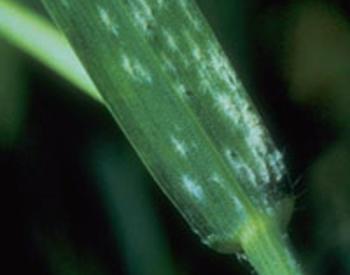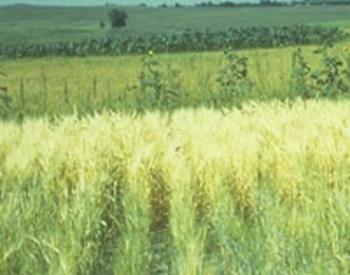Pull It, Dig It, Eat It?
Puncture vine is one of those weeds that everyone hates. I have been pulling, spraying and digging it up all summer. It is relentless. Recently, a new critter joined our local fight against this pesky weed. The puncture vine seed head weevil, Microlarinus lareynii, is now hard at work in Umatilla area. I could easily find the larva in the burs, but I did not see a reduction in the number of puncture vine plants.
Biology
Female weevils chew into the side of a young puncture vine bur, deposit eggs into the seed and seal it with fecal material. Females may deposit up to 324 eggs. Weevil grubs develop inside the seed and pupate therein. Each seed may produce 1-3 weevils. The life cycle from egg to adult requires about 25 days. Adult weevils may feed on the plant but do not cause appreciable damage to the plant. The number of generations per year depends on the climate. The weevils overwinter as an adult.
History
The first release of seedhead weevils for the biological control of puncture vine in the United States occurred in 1961. Seedhead weevils are now widespread in the U.S. but have never before established in Oregon. The weevil has been released previously in Umatilla County several times.. The current population is from a release made in 1996 by a homeowner in Umatilla. We have not had a severe winter in a number of years and this probably is contributing to their success.
Potential
While mild winters has played a part, perhaps a population of weevils has taken a liking to our area. The agent could have a good fit in vacant lots, field edges and other areas that receive little attention and act as a seed source. The next time you are picking puncture vine out of bicycle tires give it a closer look. You may find a little white grub eating weed seed for lunch.


